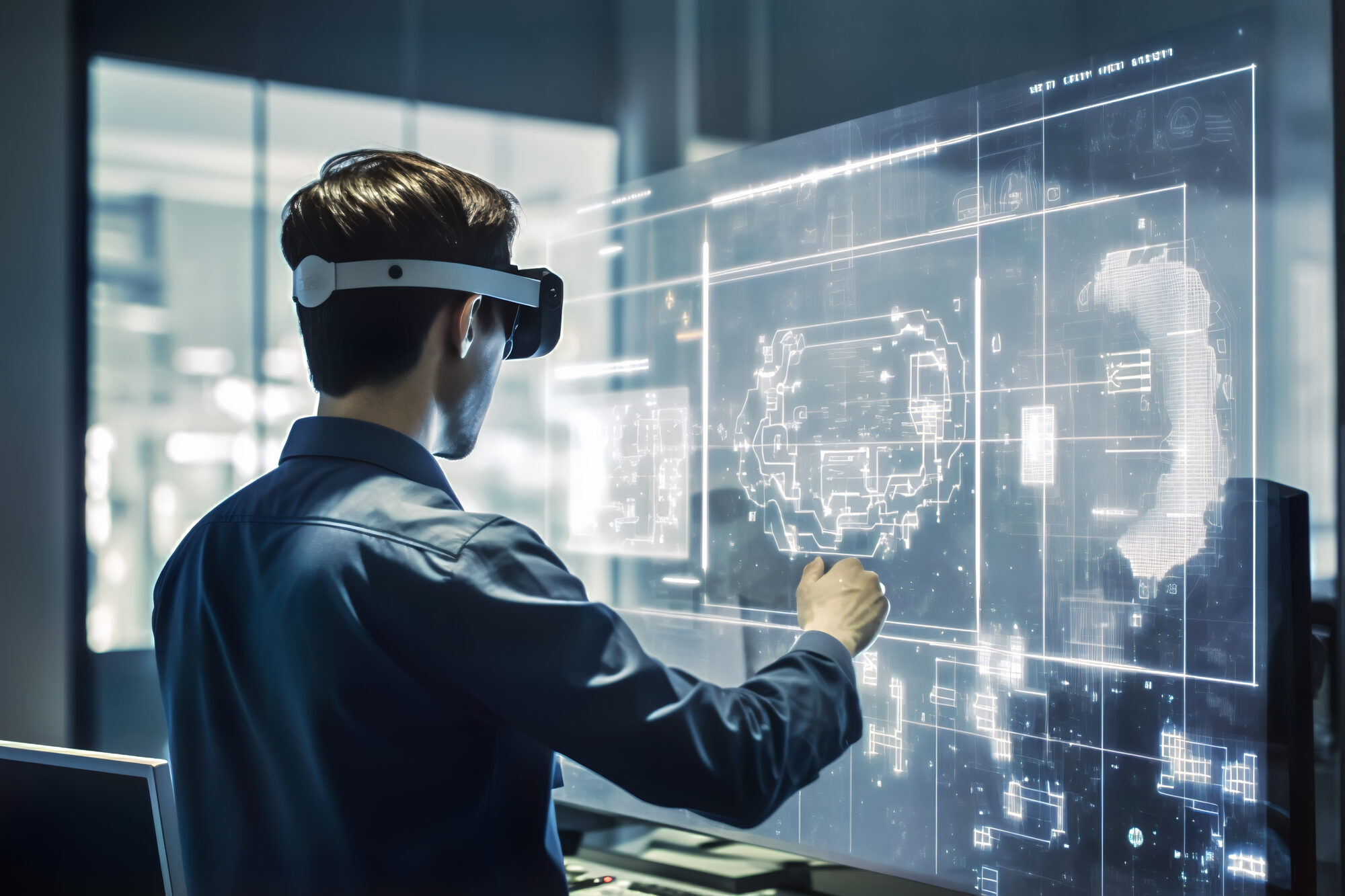
Revolutionizing AR with Generative AI
Augmented Reality (AR) is rapidly transforming how we interact with the digital and physical worlds. From immersive gaming and interactive shopping experiences to enhanced training simulations and remote collaboration tools, AR's potential is vast. However, creating compelling and engaging AR experiences has traditionally been a complex and resource-intensive process. This is where Generative AI steps in, promising to revolutionize the landscape of AR development.
What is Generative AI?
Generative AI refers to a category of artificial intelligence algorithms that can generate new data instances that resemble the data they were trained on. These models learn the underlying patterns and structures within a dataset and then use that knowledge to create entirely new, original content. Examples include creating images from text prompts, generating 3D models from 2D images, or even composing music.
How Generative AI Powers AR Experience Creation
Generative AI offers several key advantages in the context of AR development, streamlining the creation process and enabling the generation of richer, more dynamic experiences:
Accelerated Content Creation
One of the biggest bottlenecks in AR development is the creation of 3D models and digital assets. Traditionally, this requires skilled artists and designers spending hours meticulously crafting each object. Generative AI can drastically reduce this time by automatically generating 3D models from text descriptions, 2D images, or even sketches. Imagine being able to describe the desired object in natural language and having a detailed 3D model instantly available for use in your AR application. This significantly accelerates the development process and reduces costs.
Dynamic Content Generation
Generative AI can also be used to create dynamic and adaptive content that responds to user interactions and environmental changes. For example, an AR application could use generative AI to create personalized recommendations based on the user's browsing history or location. Or, an AR game could use generative AI to generate new levels and challenges on the fly, ensuring a constantly evolving and engaging experience. This level of dynamic content creation was previously unimaginable without significant manual effort.
Enhanced Realism and Immersion
Generative AI algorithms, particularly those based on neural networks, are capable of generating highly realistic and detailed content. This can significantly enhance the realism and immersion of AR experiences. For instance, generative AI can be used to improve the texture and lighting of 3D models, making them look more photorealistic. It can also be used to generate realistic animations and special effects, adding a new level of visual fidelity to AR applications. This leads to more believable and captivating experiences for the user.
Automated Prototyping and Testing
Generative AI can automate the prototyping and testing phases of AR development. By automatically generating different versions of an AR experience, developers can quickly iterate and test different design choices. This allows them to identify the most effective and engaging designs early in the development process, saving time and resources. Furthermore, generative AI can be used to simulate different user behaviors and environmental conditions, helping developers to identify potential issues and optimize the performance of their AR applications.
Examples of Generative AI in AR
Text-to-3D Model Generation
Imagine typing "a futuristic spaceship with glowing engines" and having a detailed 3D model of that spaceship instantly appear. Generative AI models are now capable of doing just that. These models can be trained on large datasets of 3D models and their corresponding text descriptions, allowing them to learn the relationship between language and geometry. This allows developers to quickly prototype and visualize different ideas without having to manually create each model from scratch.
Style Transfer for AR Content
Style transfer algorithms can be used to apply the artistic style of one image to another. In the context of AR, this can be used to create visually stunning and unique experiences. For example, you could apply the style of Van Gogh's "Starry Night" to the real-world environment seen through your AR headset, creating a surreal and artistic overlay. This opens up new possibilities for artistic expression and personalization in AR.
AI-Powered AR Avatars
Generative AI can be used to create realistic and expressive AR avatars that mimic the user's facial expressions and movements. These avatars can be used for virtual meetings, social interactions, and even personalized training simulations. By using generative AI, developers can create avatars that are more realistic and engaging than ever before, enhancing the feeling of presence and immersion in AR experiences.
Intelligent AR Assistants
Generative AI can power intelligent AR assistants that provide users with context-aware information and assistance. These assistants can use computer vision and natural language processing to understand the user's environment and needs, and then generate relevant information and recommendations. For example, an AR assistant could identify a product in a store and provide the user with information about its price, features, and reviews. This can significantly enhance the user's productivity and efficiency in AR.
The Future of AR Development with Generative AI
Generative AI is poised to play an increasingly important role in the future of AR development. As these models become more powerful and sophisticated, they will enable developers to create even more realistic, dynamic, and engaging AR experiences. We can expect to see generative AI used to automate more and more of the AR development process, making it easier and faster to create compelling AR applications. This will democratize AR development, allowing more people to participate in creating the future of augmented reality.

0 Comments